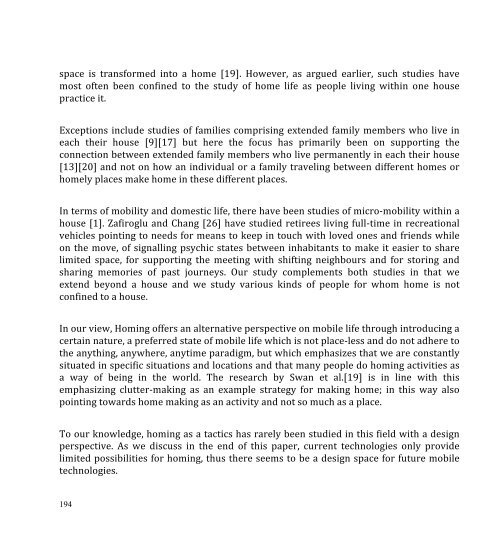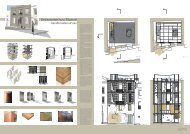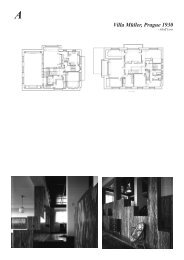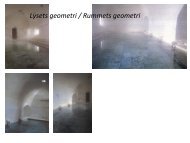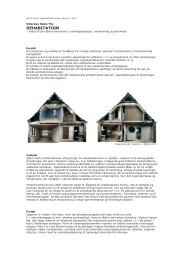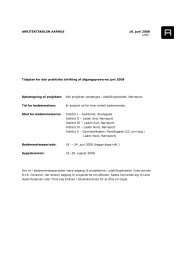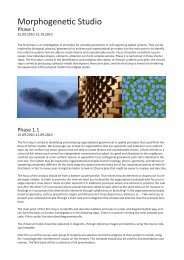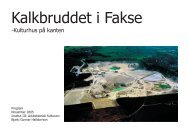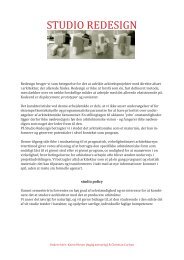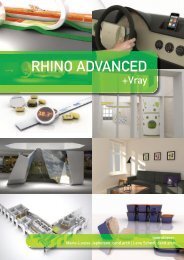-Tactics and Concepts for Highly Mobile People
-Tactics and Concepts for Highly Mobile People
-Tactics and Concepts for Highly Mobile People
Create successful ePaper yourself
Turn your PDF publications into a flip-book with our unique Google optimized e-Paper software.
space is trans<strong>for</strong>med into a home [19]. However, as argued earlier, such studies have<br />
most often been confined to the study of home life as people living within one house<br />
practice it.<br />
Exceptions include studies of families comprising extended family members who live in<br />
each their house [9][17] but here the focus has primarily been on supporting the<br />
connection between extended family members who live permanently in each their house<br />
[13][20] <strong>and</strong> not on how an individual or a family traveling between different homes or<br />
homely places make home in these different places.<br />
In terms of mobility <strong>and</strong> domestic life, there have been studies of micro-‐mobility within a<br />
house [1]. Zafiroglu <strong>and</strong> Chang [26] have studied retirees living full-‐time in recreational<br />
vehicles pointing to needs <strong>for</strong> means to keep in touch with loved ones <strong>and</strong> friends while<br />
on the move, of signalling psychic states between inhabitants to make it easier to share<br />
limited space, <strong>for</strong> supporting the meeting with shifting neighbours <strong>and</strong> <strong>for</strong> storing <strong>and</strong><br />
sharing memories of past journeys. Our study complements both studies in that we<br />
extend beyond a house <strong>and</strong> we study various kinds of people <strong>for</strong> whom home is not<br />
confined to a house.<br />
In our view, Homing offers an alternative perspective on mobile life through introducing a<br />
certain nature, a preferred state of mobile life which is not place-‐less <strong>and</strong> do not adhere to<br />
the anything, anywhere, anytime paradigm, but which emphasizes that we are constantly<br />
situated in specific situations <strong>and</strong> locations <strong>and</strong> that many people do homing activities as<br />
a way of being in the world. The research by Swan et al.[19] is in line with this<br />
emphasizing clutter-‐making as an example strategy <strong>for</strong> making home; in this way also<br />
pointing towards home making as an activity <strong>and</strong> not so much as a place.<br />
To our knowledge, homing as a tactics has rarely been studied in this field with a design<br />
perspective. As we discuss in the end of this paper, current technologies only provide<br />
limited possibilities <strong>for</strong> homing, thus there seems to be a design space <strong>for</strong> future mobile<br />
technologies.<br />
194


